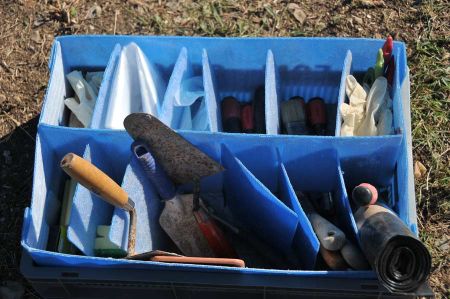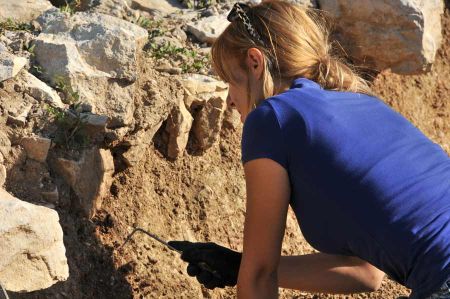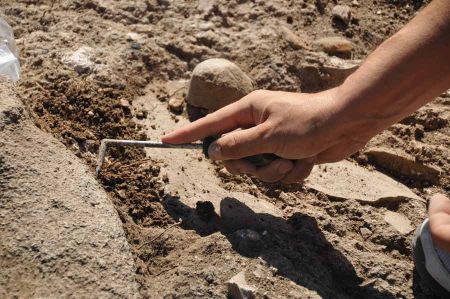Antique medication bottles found in Turkey
- Written by Portal Editor
Hundreds of bottles of old antidepressants and heart medicines were found during excavations in Turkey.
The excavations were carried out in the ancient Greek city of Bathonea on the shores of Küçükçekmece Lake in the Avcılar district of Istanbul. In the process, around 700 small ceramic bottles were discovered. The small bottles were used in ancient times to store various substances.
Bottles with medicines in the Bathonea archaeological site
 The excavations in Bathonea began in 2007 by the Kocaeli University, the Ministry of Tourism and Culture, with teams of students and historians of Selçuk University, Ege University and Istanbul University, as well as many foreign historical institutions.
The excavations in Bathonea began in 2007 by the Kocaeli University, the Ministry of Tourism and Culture, with teams of students and historians of Selçuk University, Ege University and Istanbul University, as well as many foreign historical institutions.
Methanone and phenanthrene residues in the bottles
 Dr. Şengül Aydıngün, a professor at Kocaeli University, who leads the excavations, said it was the first time that so many bottles of medicine were found in a single location. The bottles were made at about the same time in the form of miniature amphorae, many of which are only in fragments. Dr. Aydıngün explained that the work has recently been focused on laboratory, storage and analytical work and some of the bottles are still under investigation, meanwhile plungers, mortars and a furnace have also been found, suggesting that the site was a center for the production of drugs, perhaps even an "industrial" device for the production of Unguentaria / Medicines and probably for their content as well. Archaeologists have also found bone tools, spatulas and medical instruments.
Dr. Şengül Aydıngün, a professor at Kocaeli University, who leads the excavations, said it was the first time that so many bottles of medicine were found in a single location. The bottles were made at about the same time in the form of miniature amphorae, many of which are only in fragments. Dr. Aydıngün explained that the work has recently been focused on laboratory, storage and analytical work and some of the bottles are still under investigation, meanwhile plungers, mortars and a furnace have also been found, suggesting that the site was a center for the production of drugs, perhaps even an "industrial" device for the production of Unguentaria / Medicines and probably for their content as well. Archaeologists have also found bone tools, spatulas and medical instruments.
Sassanid Persians and Slavs besiege Istanbul
 The Scientific and Technological Research Council (TÜBİTAK) in the district of Gebze, a state institution, has carried out an analysis of the residues in the bottles. The results indicate that the residues contained methanone and phenanthrene used in depression, heart disease and sedation.
The Scientific and Technological Research Council (TÜBİTAK) in the district of Gebze, a state institution, has carried out an analysis of the residues in the bottles. The results indicate that the residues contained methanone and phenanthrene used in depression, heart disease and sedation.
A big fire once collapsed the roof of the complex, preserving the remains of what lay beneath it. The Wroclaw Archeology and Ethnography Institute Wroclaw from Poland analyzed carbon samples of the residues and dated the samples to 620-640 BC. This is an important date, when the nomadic Avars, along with Sassanid Persians and Slavs, attempted to besiege Constantinople. Perhaps the fire that devastated the Bathonea facility may be the result of Avar's attack, for the first time providing archaeological evidence of this collision.
Please read as well:
Marubi National Museum of Photography
Exhibition opening - Actopolis Izmir - Goethe Institute
